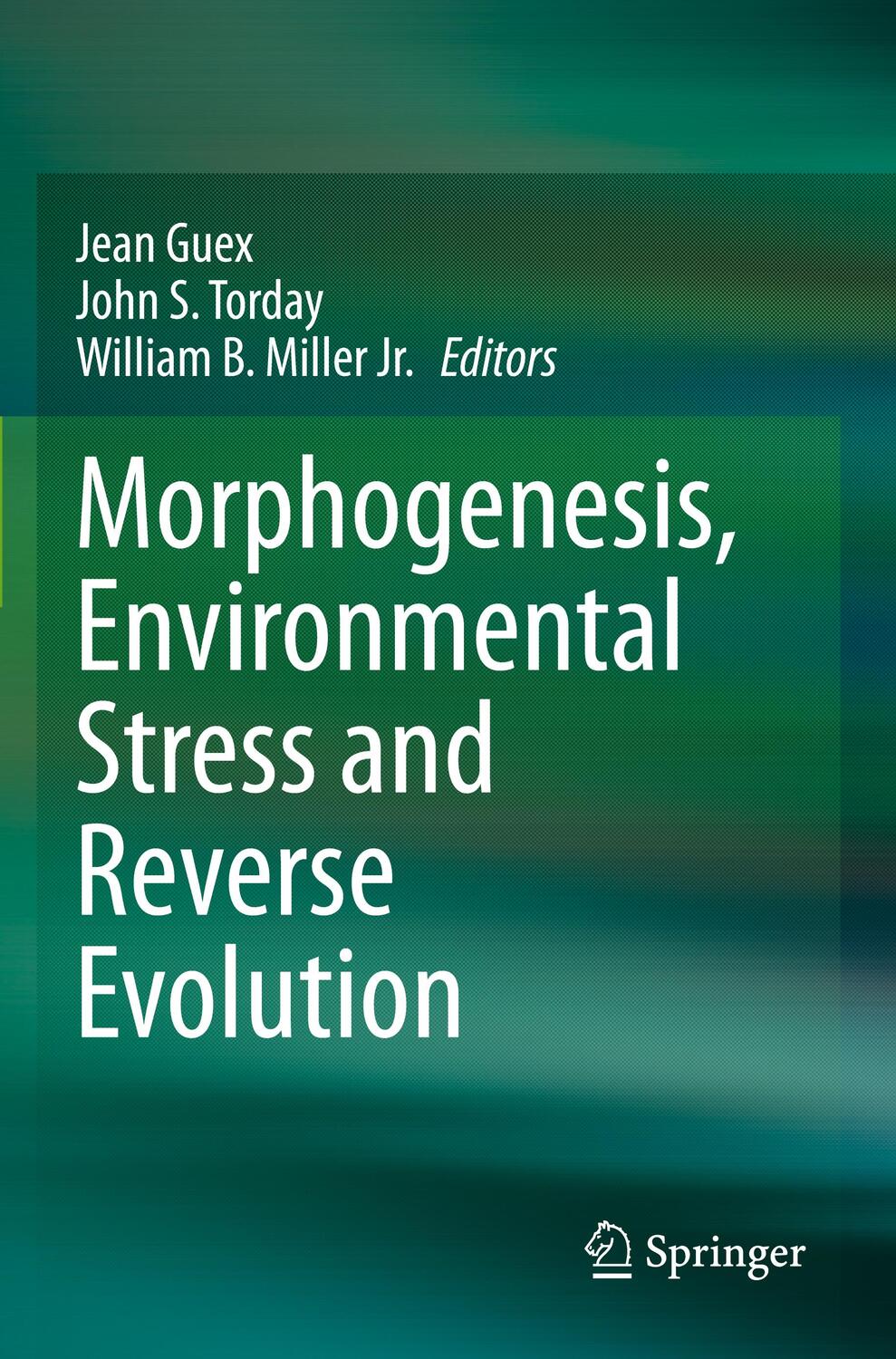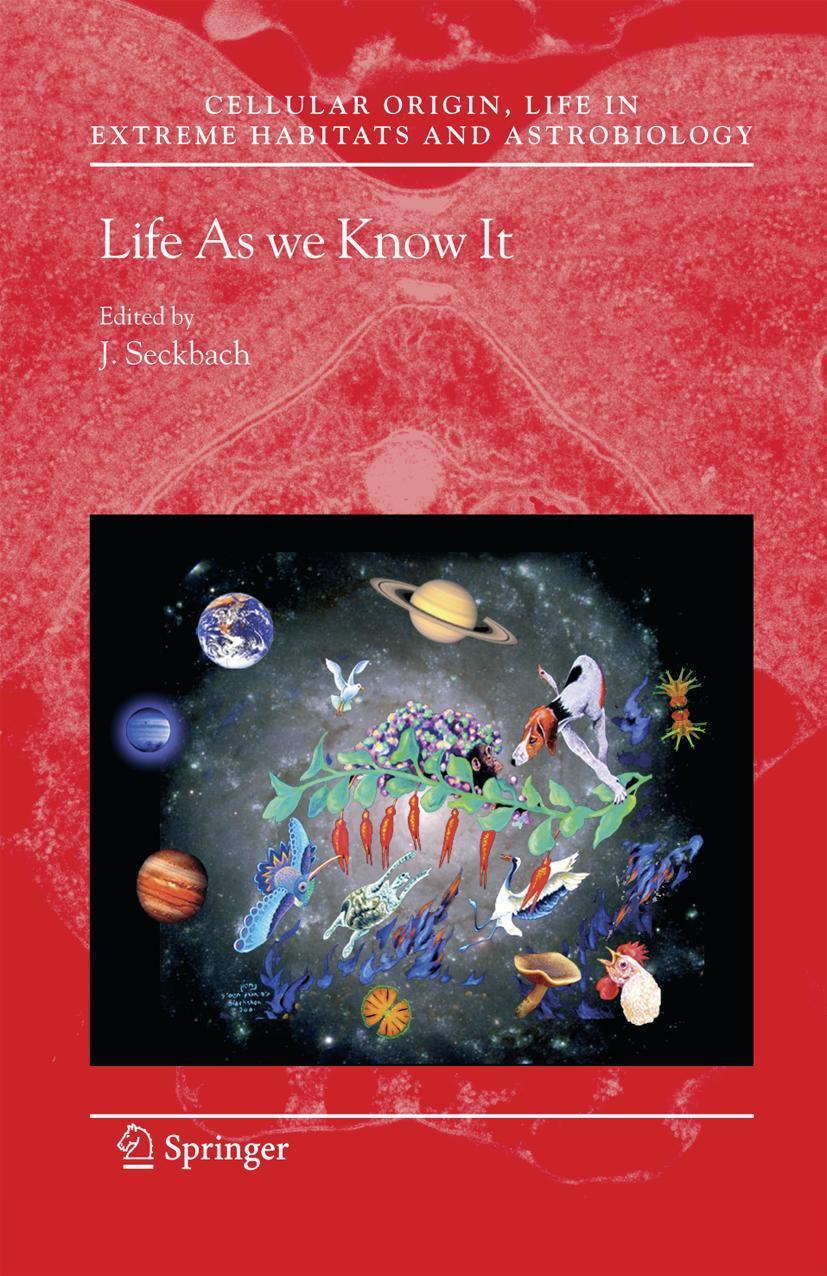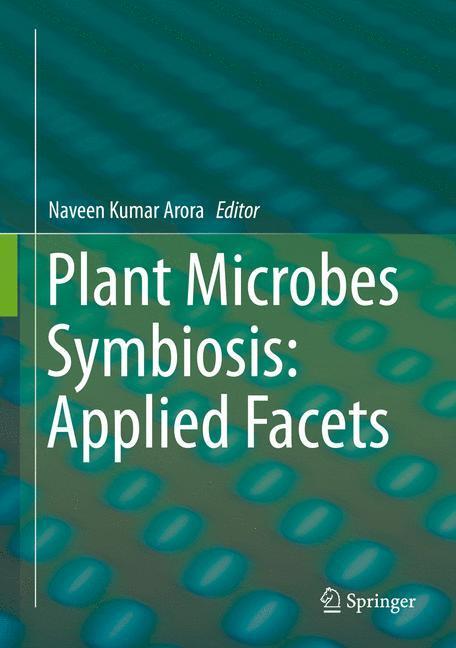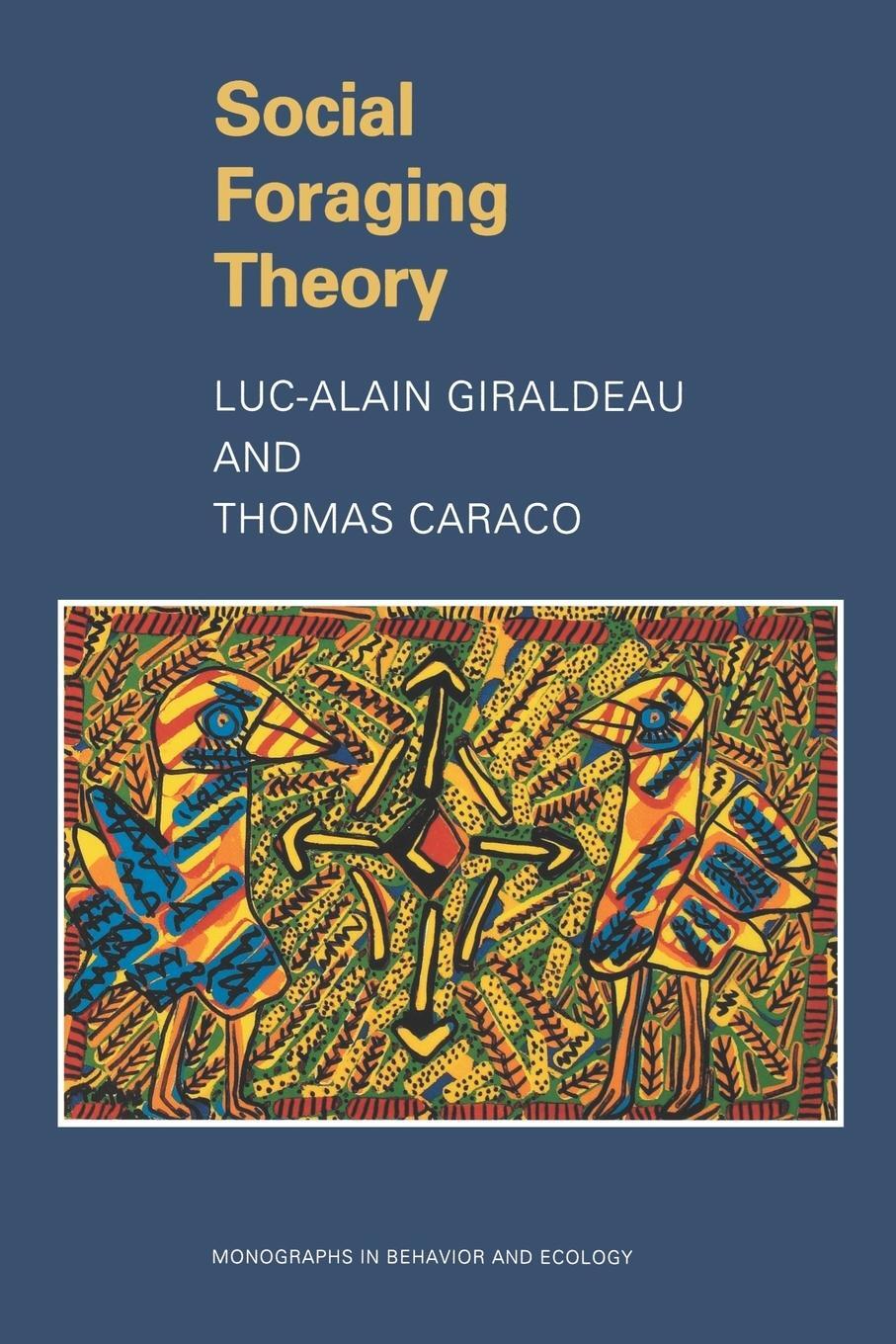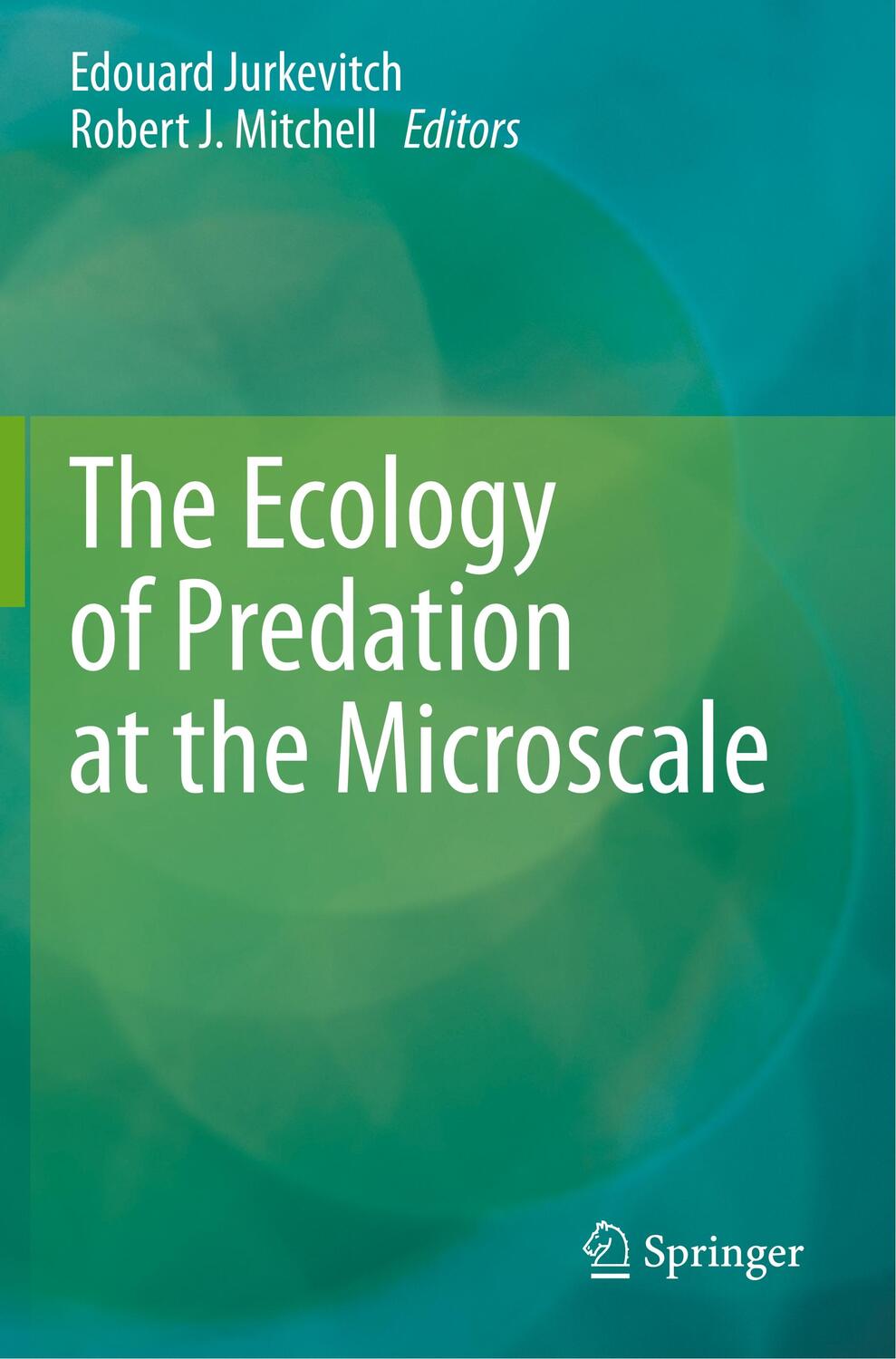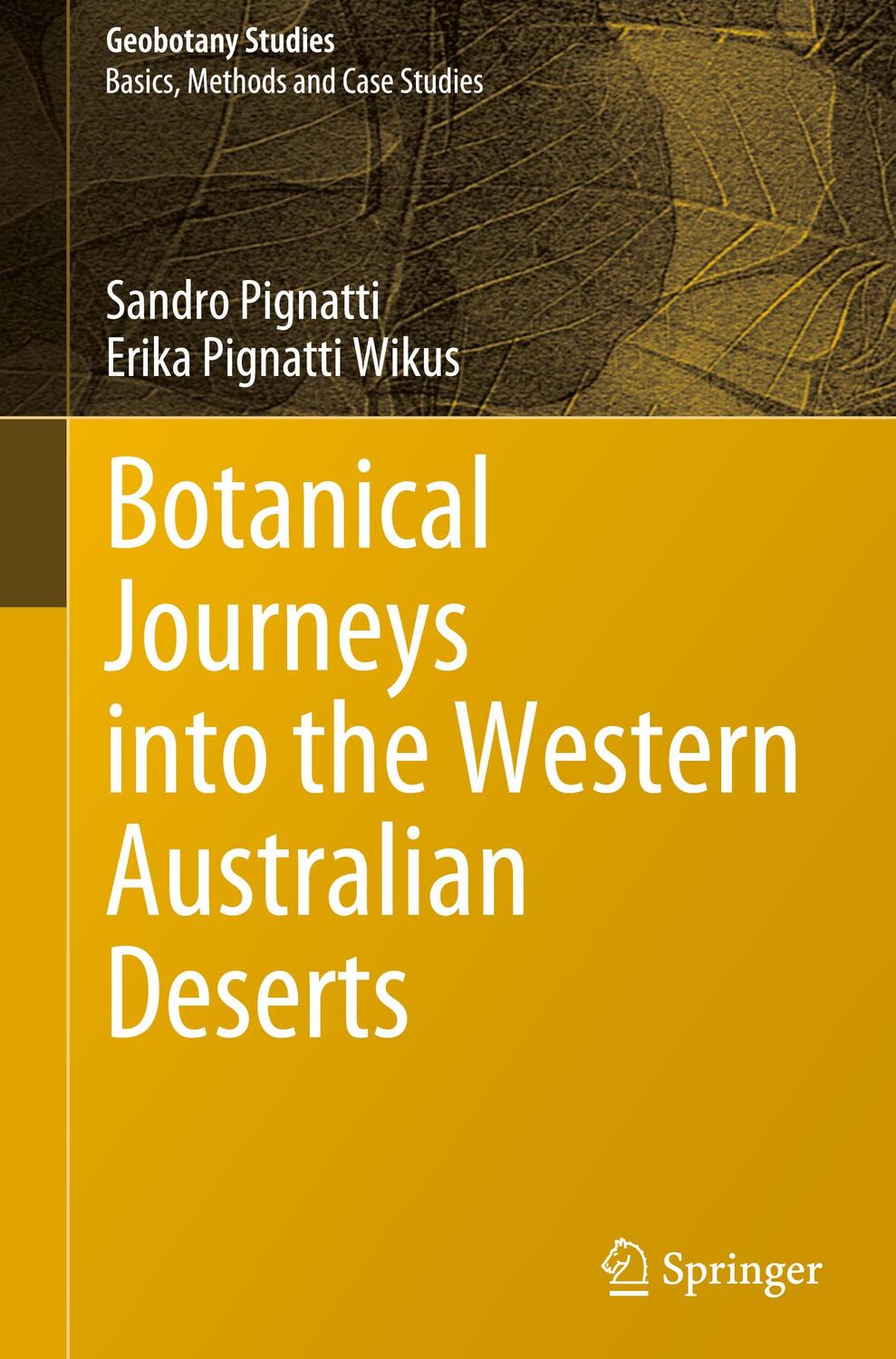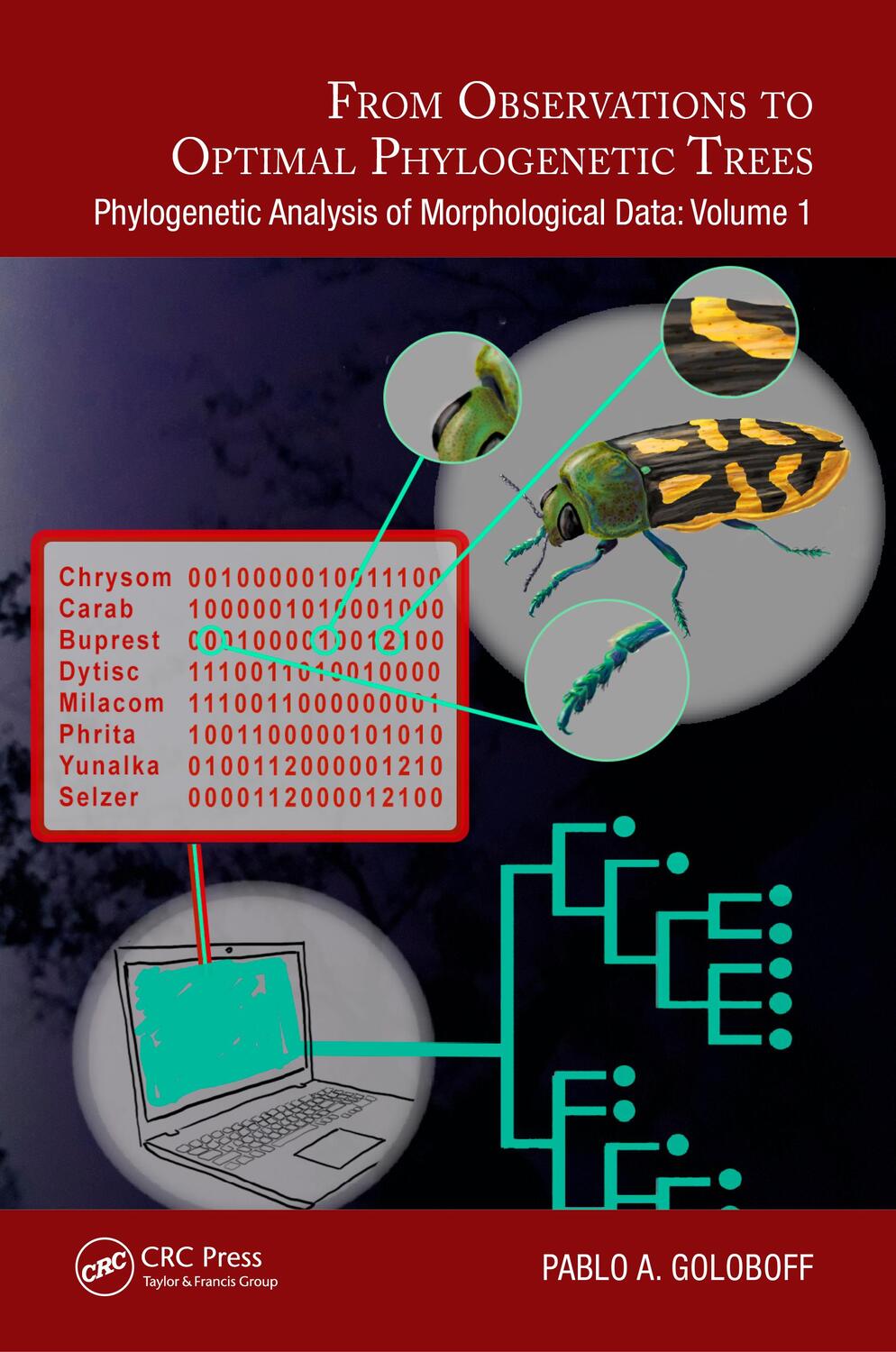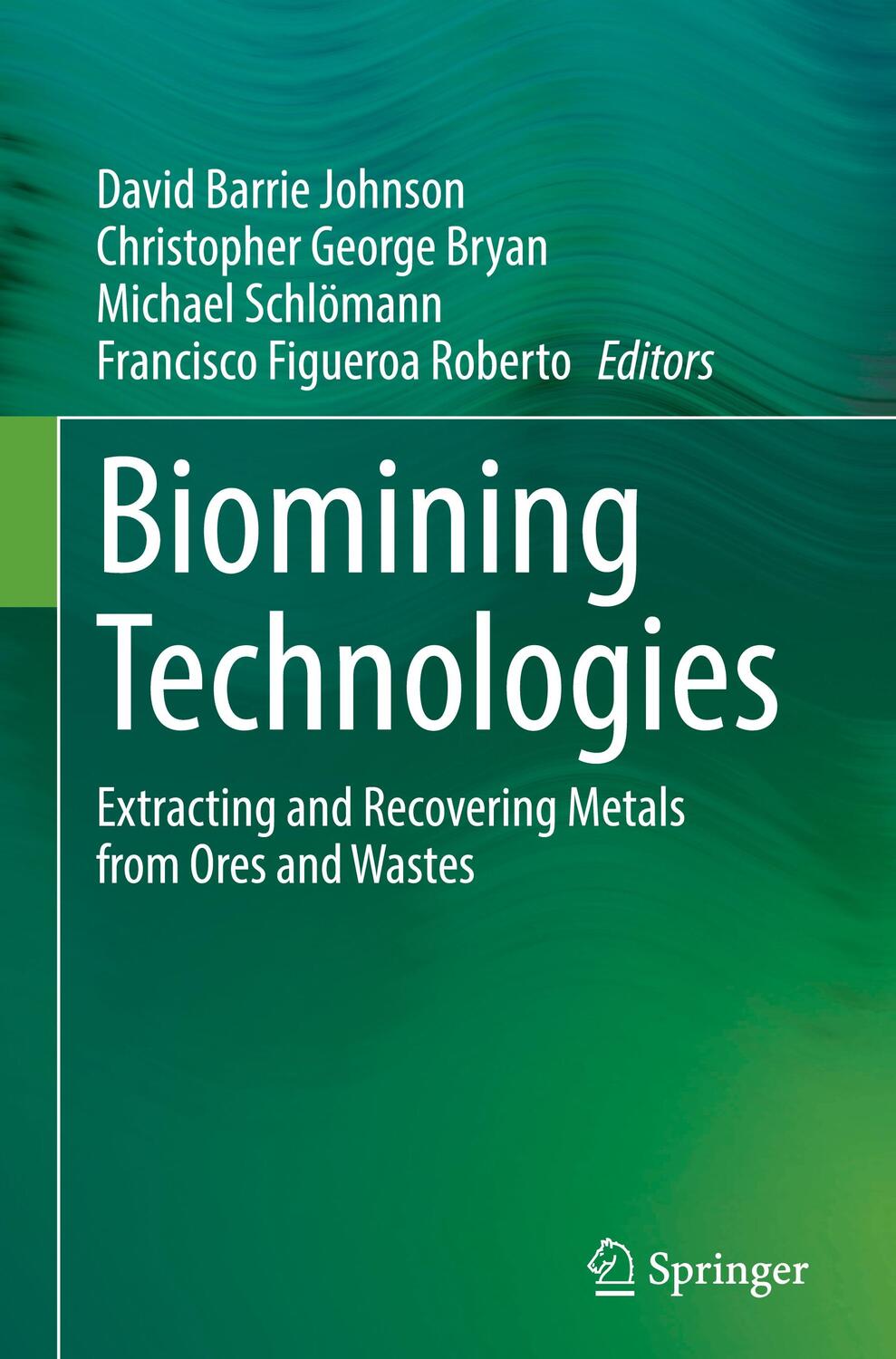178,95 €*
Versandkostenfrei per Post / DHL
Lieferzeit 4-7 Werktage
Capacities for morphologic alterations and epigenetic adaptations subject to environmental stresses are demonstrated in both unicellular and multicellular organisms. Furthermore, the underlying cellular-molecular mechanisms that mediate stress for adaptation will be elucidated wherever possible. These include examples of ¿reverse evolution¿ by Professor Guex for Ammonites and for mammals by Professor Torday and Dr. Miller. This provides empiric evidence that the conventional way of thinking about evolution as unidirectional is incorrect, leaving open the possibility that it is determined by cell-cell interactions, not sexual selection and reproductive strategy. Rather, the process of evolution can be productively traced through the conservation of an identifiable set of First Principles of Physiology that began with the unicellular form and have been consistently maintained, as reflected by the return to the unicellular state over the course of the life cycle.
Capacities for morphologic alterations and epigenetic adaptations subject to environmental stresses are demonstrated in both unicellular and multicellular organisms. Furthermore, the underlying cellular-molecular mechanisms that mediate stress for adaptation will be elucidated wherever possible. These include examples of ¿reverse evolution¿ by Professor Guex for Ammonites and for mammals by Professor Torday and Dr. Miller. This provides empiric evidence that the conventional way of thinking about evolution as unidirectional is incorrect, leaving open the possibility that it is determined by cell-cell interactions, not sexual selection and reproductive strategy. Rather, the process of evolution can be productively traced through the conservation of an identifiable set of First Principles of Physiology that began with the unicellular form and have been consistently maintained, as reflected by the return to the unicellular state over the course of the life cycle.
Gives a unique perspective on the role of stress in evolution which spans the entirety of biology, from unicellular to multicellular, invertebrate to vertebrate
Elaborates on the premise that the environment has a stressful impact on all living organisms, causing the latter to evolve in reciprocation with the environment, or face extinction
Advances the emerging concept of niche construction as the main process of reciprocation between biology and the environment
Offers empirical evidence for the feasibility of 'reverse evolution', a possibility denied by conventional Darwinian evolution
| Erscheinungsjahr: | 2021 |
|---|---|
| Fachbereich: | Allgemeines |
| Genre: | Biologie |
| Rubrik: | Naturwissenschaften & Technik |
| Medium: | Taschenbuch |
| Seiten: | 328 |
| Inhalt: |
vi
322 S. 65 s/w Illustr. 40 farbige Illustr. 322 p. 105 illus. 40 illus. in color. |
| ISBN-13: | 9783030472818 |
| ISBN-10: | 3030472817 |
| Sprache: | Englisch |
| Ausstattung / Beilage: | Paperback |
| Einband: | Kartoniert / Broschiert |
| Redaktion: |
Guex, Jean
Miller Jr., William B. S. Torday, John |
| Herausgeber: | Jean Guex/John S Torday/William B Miller Jr |
| Auflage: | 1st ed. 2020 |
| Hersteller: |
Springer International Publishing
Springer International Publishing AG |
| Maße: | 235 x 155 x 18 mm |
| Von/Mit: | Jean Guex (u. a.) |
| Erscheinungsdatum: | 25.07.2021 |
| Gewicht: | 0,499 kg |
Gives a unique perspective on the role of stress in evolution which spans the entirety of biology, from unicellular to multicellular, invertebrate to vertebrate
Elaborates on the premise that the environment has a stressful impact on all living organisms, causing the latter to evolve in reciprocation with the environment, or face extinction
Advances the emerging concept of niche construction as the main process of reciprocation between biology and the environment
Offers empirical evidence for the feasibility of 'reverse evolution', a possibility denied by conventional Darwinian evolution
| Erscheinungsjahr: | 2021 |
|---|---|
| Fachbereich: | Allgemeines |
| Genre: | Biologie |
| Rubrik: | Naturwissenschaften & Technik |
| Medium: | Taschenbuch |
| Seiten: | 328 |
| Inhalt: |
vi
322 S. 65 s/w Illustr. 40 farbige Illustr. 322 p. 105 illus. 40 illus. in color. |
| ISBN-13: | 9783030472818 |
| ISBN-10: | 3030472817 |
| Sprache: | Englisch |
| Ausstattung / Beilage: | Paperback |
| Einband: | Kartoniert / Broschiert |
| Redaktion: |
Guex, Jean
Miller Jr., William B. S. Torday, John |
| Herausgeber: | Jean Guex/John S Torday/William B Miller Jr |
| Auflage: | 1st ed. 2020 |
| Hersteller: |
Springer International Publishing
Springer International Publishing AG |
| Maße: | 235 x 155 x 18 mm |
| Von/Mit: | Jean Guex (u. a.) |
| Erscheinungsdatum: | 25.07.2021 |
| Gewicht: | 0,499 kg |

